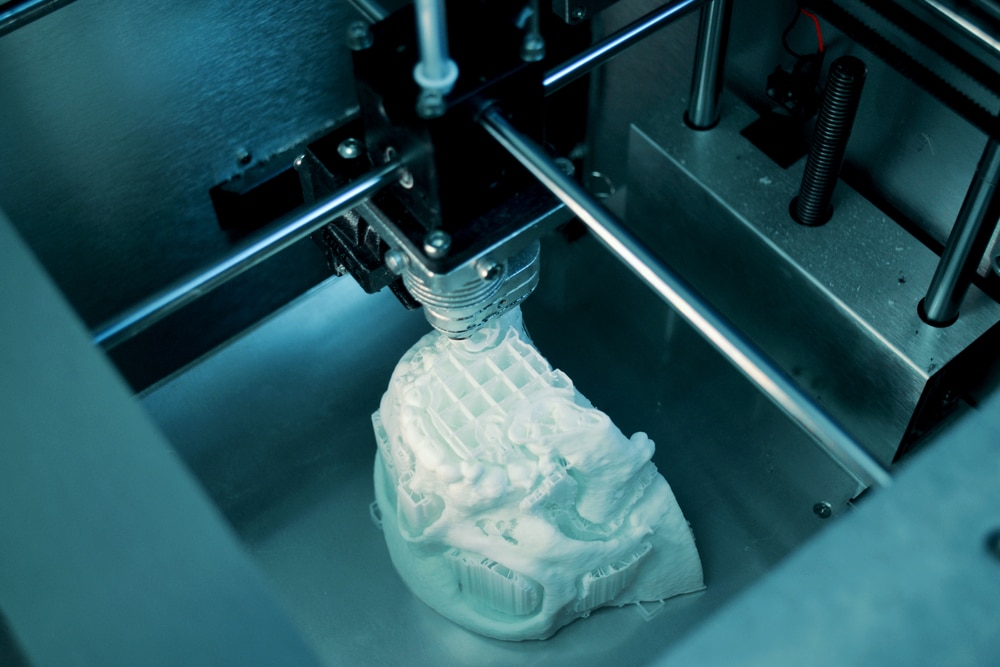
With the advent of 3D printing, there has been much speculation of how this could be applied to healthcare. While 3D printing isn’t brand new, the price has dropped dramatically to the point where it could become the norm in many medical facilities around the world.
What Is It?
3D printing is essentially the process of creating a plastic object (or other material) within a machine through a procedural layering of said material. The designs are normally created using CAD (computer-aided design) software or downloaded from the internet.
Almost every industry, in some form or another, can benefit from 3D printing.
How Does It Work for Healthcare?
The idea of using 3D printing in healthcare is that it could replace bones and other hard materials in the body instead of general replacements or waiting days or weeks while a custom-made replacement is created. These implants for orthopaedic-related surgeries are normally made from plastic, titanium or another material.
A CT scan of the patient’s bones and joints is used to visualise and then used to create a matching implant.
What Are the Benefits
3D printers usually only take a few hours to make their products. This is being reduced as the technology continues to advance.
One of the ideas is that doctors could use 3D printing to print anatomical models of a patient’s conditions and view a condition without surgery.
Another benefit is the ability to create implants that are customisable and reflect the patient’s anatomy. It also allows for more porous implants that allow for natural bone ingrowth, stability and longevity of the implant. It also increases mobility in some patients and improves the patient’s quality of life post-surgery.
Finally, it’s economically beneficial. Along with the longevity of implants, the duration to create an implant is vastly quicker
Are There Any Drawbacks?
3D printing is still a brand-new technology and many consultants/surgeons are getting to grips with the software to create these implants. As there is no standardisation within the industry, it’s unlikely to change in the foreseeable future without willing surgeons.
So, will it be the future of Orthopaedics?
Most likely but it’s unlikely that the use of general implants will decline. But for patients who are willing to pay more for a custom hip, it’s certainly going to be a popular option.
3D printed implants are already being used in the UK by the NHS in some hospitals. As the price for 3D printed implants continues to fall, we will likely see a large adoption of 3D implants by patients who want them.
Do you have a question about mobility and staying active in your later years? Contact London Bridge Orthopaedics today.









